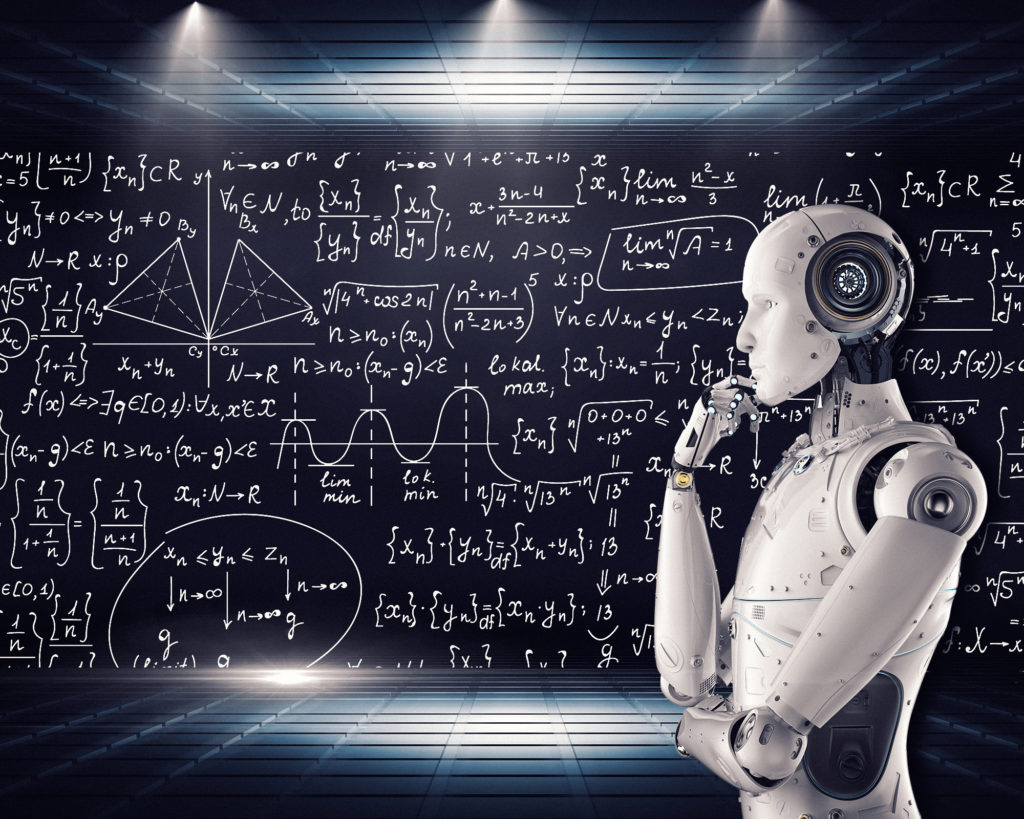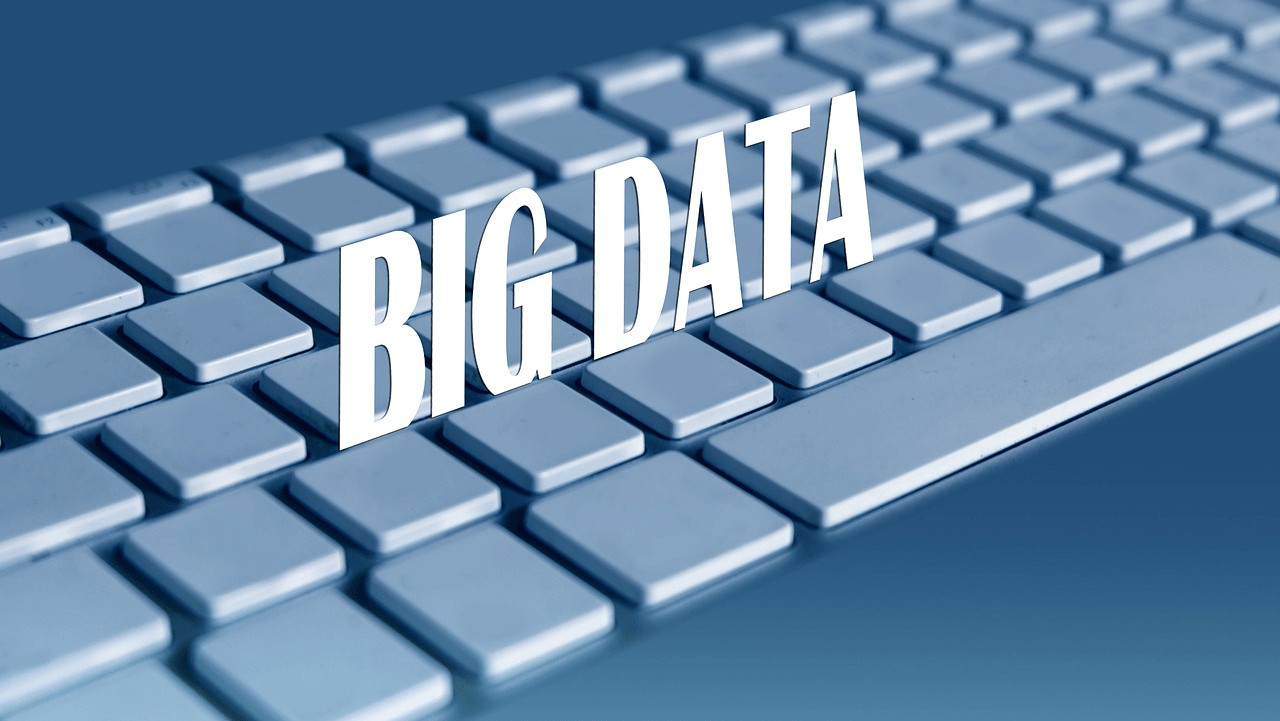What is the difference between data mining vs. machine learning? Due to common traits, the distinction between the two names may become hazy.
Data mining is sifting through vast volumes of data to find relevant information. On the other hand, machine learning uses computer assistance to analyze massive datasets and lets you build algorithms using the datasets.
This post is for you if you’ve not truly understood the distinction. Let’s read along to learn more about the essential differences between these concepts!
What is Data Mining?
Data mining is the procedure of sifting through enormous amounts of data to find insightful patterns. It seeks to reveal hidden or obscured motifs in the data to increase its worth, merit, and suitability for study.
Data mining is a manual technique to understand the data by identifying its underlying patterns. It is not a new concept. It has existed since the 1930s.
People first developed it as a stage in the knowledge-finding process for index, where the objective was to extract knowledge from a group of statistics.
Let’s use Alexa as an instance to illustrate some of the ideas. Following the data collection for the voice identification case, they would apply data mining approaches to determine any significant patterns that might be there.

What is Machine Learning?
Machine learning works with enormous datasets and looks for patterns. But, it can do it without aid from humans.
It can anticipate outcomes and the models. So, machine learning would allow it to guess the results if we build a method to forecast.
The quality of the algorithm will determine how accurate the forecast is. The method would fail if the information is irregular and lacks underlying patterns because machine learning adheres to the garbage-out, garbage-in principle.
People will select the ideal algorithmic parameters with the least human involvement. It would require less human involvement than data mining does.

Key Differences
Machine learning sets computers how to understand the supplied parameters. On the other hand, data mining is meant to extract the rules from massive amounts of data. Data mining is just a process of researching to arrive at a particular conclusion based on the sum of the data acquired.
Accuracy
Data mining may miss essential relationships because it requires human input. Because machine learning is an automated method, it delivers more precise findings than data mining.
Method of Operation
Data mining will do it in batching format at a particular time to produce findings.
On the contrary, machine learning updates its algorithms and adapts to new inputs using data mining methods.
Data mining, therefore, acts as a source of input for machine learning. Machine learning techniques will autonomously and continually improve system processes and identify potential failure points.
Scope
We use data mining to find visualization techniques and patterns connecting different data collection features.
Data mining seeks to identify the relationship between more than two attributes in a dataset to predict future occurrences or actions.
On the other hand, we use machine learning to predict outcomes like price projections or approximations of time length. As it acquires experience, the model is automatically updated and provides quick feedback.
Cases of Use
There are a few crucial data mining applications available to businesses today.
Retail stores, for instance, utilize data mining to identify consumer trends, while mobile firms choose it to forecast client dropout rates.
Artificial intelligence-dependent industries like self-driving cars and online streaming profit from machine learning. For instance, Netflix utilizes to determine what you should binge-watch next.
The Volume Of Data

Data mining may yield findings with less data than machine learning. People constrain the variety of approaches available that machine learning techniques need the information to be delivered in a standardized format.
The companies should transform data from many resources from their original formats into regular formats that the machine can understand to utilize machine learning to analyze the information. Additionally, an enormous amount of data is necessary for appropriate results.
Human Factor
A very notable difference may be here. Data mining is for human use and is dependent on human input. On the other hand, machine learning solely exists so that it can train itself and is not subject to the effects or actions of humans.
Data mining cannot function without a real one using and engaging with it. On the contrary, the only human involvement in machine analytics is for building up the first algorithms.
Relationship
The process of data mining combines machine learning and the database. Whereas the latter offers data mining methods, the former offers data management techniques.
Therefore, although machine learning requires data mining, data mining does not necessarily require machine learning. Yet, there are instances where people use data mining information to discover correlations among relationships.
Finally, it’s challenging to draw comparisons without two pieces of data that you can contrast with one another. As a result, people can utilize processes through data mining to aid machine learning.
How to Use Them
Each method has a distinct utility niche. Organizations use data mining in retail to understand consumers’ purchasing patterns and develop more effective sales techniques.
The power to combine data from user profiles, keywords, searches, and shares makes social media a productive environment for data analysis. It will assist marketers in creating pertinent promotions.
People use data mining in the financial industry to investigate possible investment chances and the possibility that a startup will succeed.
People could have avoided the enormous Internet startup catastrophe of the late 20th century if data mining had been perfect in the mid-1990s.
In the meantime, businesses are using advanced analytics for objects, including online customer support, self-driving vehicles, business analysis, and personalized advertising.
Comparison Table
| Data Mining | Machine Learning | |
|---|---|---|
| Method of Operation | Data mining will do it in batching format at a particular time to produce findings. | Machine learning updates its algorithms and adapts to new inputs using data mining methods. |
| Human Factor | It is dependent on human input. | It can train itself and is not subject to the actions of humans. |
| Scope | Data mining seeks to identify the relationship between more than two attributes in a dataset. | Machine learning predicts outcomes like price projections or approximations of time length. |
| Cases of Use | Retail industries | Intelligence-dependent industries |
Conclusion
All in all, this article offers a thorough explanation of the distinctions between data mining vs. machine learning. Besides, it outlined the main characteristics, advantages, and difficulties that each field presents in the market.
Examining historical data alone may not be sufficient for specific firms. In addition to identifying patterns in data, machine learning helps computers organize and analyze enormous amounts of data.
Data scientists may train algorithms to extract insights by using machine learning automatically. This method could assist firms in continuously removing crucial information rather than collecting vast amounts of data and retrospectively identifying trends and patterns.
Data mining and machine learning will continue to be highly in-demand expertise due to the continuing push in the future.
